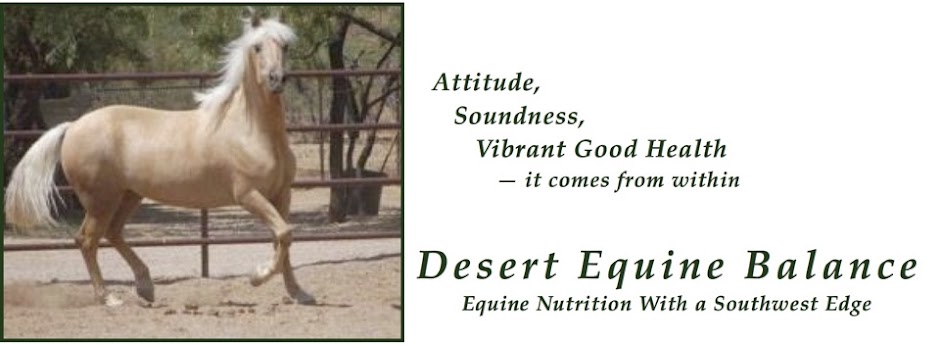Off topic for an equine nutrition blog? Not really...
My friend Kathleen, who sent the email below to her friends, is a co-moderator on the Equine Cushing's group and is part of a group we call "The Balance Babes" - helping those who arrive at the EC List (often with a severely laminitic or foundered horse) sort through the options.
Kathleen is the kind of person we all learn from - not just about horses and nutrition, but about life. She initially lost her lower leg in childhood
; an injury in the Fall of 2007 led to above the knee amputation. While not without some down times, her progress from goal to goal has been an illustration of grit, determination and spirit.
Not only has Kathleen given unselfishly to other horse owners, as "Dr. Gustafson" her research is making a difference in human pre-natal care.
It's only a small payback to ask you to take a minute to read her note and sign the Amputee Coalition of America petition at Prosthetic Parity Petition

Hello All - a quick note - I'm doing well. I've been riding a few times and walk short distances without assistance. The plan was to upgrade my hydraulic knee later this year to the C-leg, a microprocessor knee that essentially "thinks" for the user, making walking as close to "normal" (like you all!) as possible. It basically takes the thinking out of walking and requires less energy to walk. As it is now, I still have difficulty with uneven terrain, have to plan every step and can walk about a half a block then need to stop and rest before I can go on. I still have to drive across campus to get to my other lab when I used to walk there several times a day. I plan to do more therapy hoping that my stamina will increase.
Unfortunately, I found out last Friday that my insurance (Blue Cross and Blue Shield of Kansas) will not cover the C-leg. This is not a huge surprise as insurance companies have been reluctant to pay for prosthetics. Often they limit coverage to "one leg for life" (bummer if you lose your leg as a child!) or cap the bill at $1,000 to $5,000 leaving the amputee to pay the rest. My existing leg cost $30,000 and the C-leg can cost twice that. However, what makes this especially bitter is that Medicare, Medicaid and other Blue Cross and Blue Shield Plans (including BCBS of Kansas City) *will* cover the C-leg. I find it especially ironic that I work for the State of Kansas at the state's premier medical and research facility and watch others exit the prosthetics clinic with a C-leg that my state insurance plan will not cover.
As it happens, this is the "National Week of Action" to support a federal bill to ensure access to prosthetic care. http://www.amputee-coalition.org/ I'm writing to ask you to go online and sign the petition:
You have my permission to forward this email on to others. Please ask your friends to sign the petition to support this much needed bill.
Thank you so much,
Kathleen Gustafson
Kansas City, MO


